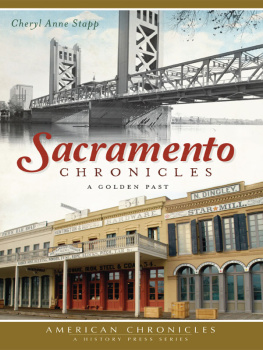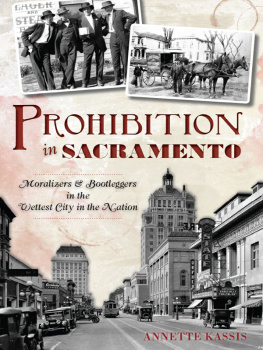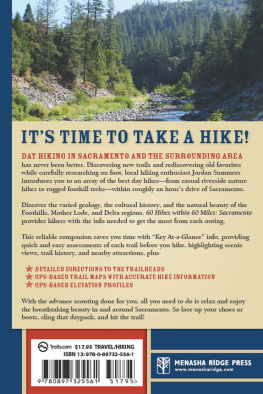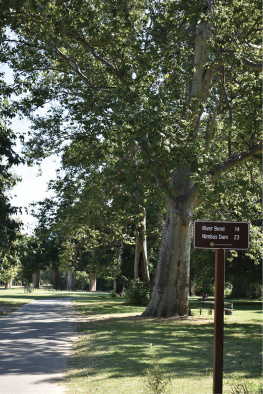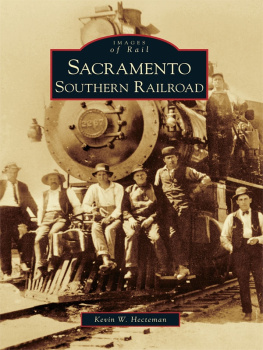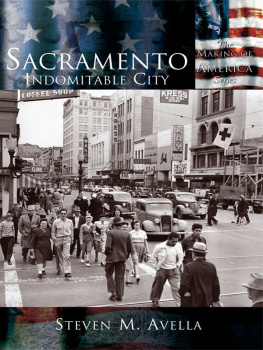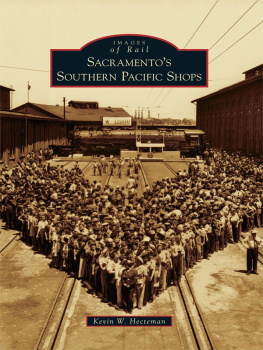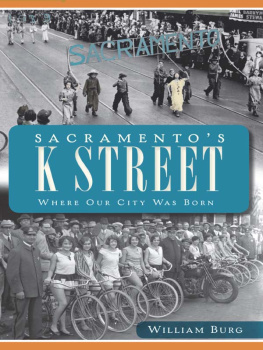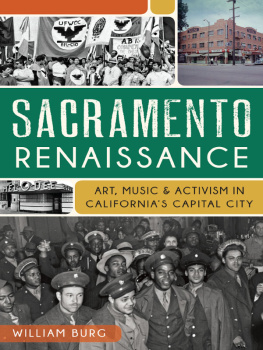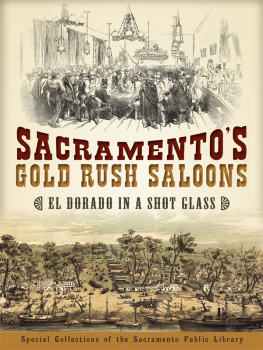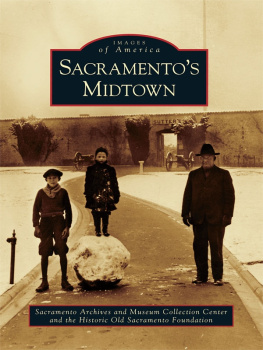
Published by The History Press
Charleston, SC 29403
www.historypress.net
Copyright 2013 by Cheryl Anne Stapp
All rights reserved
First published 2013
e-book edition 2013
Manufactured in the United States
ISBN 978.1.61423.874.4
Library of Congress CIP data applied for.
print edition ISBN 978.1.60949.579.4
Notice: The information in this book is true and complete to the best of our knowledge. It is offered without guarantee on the part of the author or The History Press. The author and The History Press disclaim all liability in connection with the use of this book.
All rights reserved. No part of this book may be reproduced or transmitted in any form whatsoever without prior written permission from the publisher except in the case of brief quotations embodied in critical articles and reviews.
Contents
Acknowledgements
Research is the key to any history. I wish to thank the many dedicated professionals who gladly helped me find that exciting nineteenth-century personal diary or document, interesting story or solid statistic: the librarians and aides at the California Room, California State Library, Sacramento; the devoted staff at the Center for Sacramento History (formerly Sacramento Archives and Museum Collection Center); librarians at the California Secretary of State Archives; the staff and volunteers at the Old Sacramento Foundation; the learned contributors to the Sacramento County Historical Societys prestigious Golden Notes; the employees at the Sacramento County Recorders Office; volunteers and staff at the California State Railroad Museum and California Military Museum; the helpful people at the University of California Cooperative Extension for their research into Sacramento hop ranches of bygone years; and the very knowledgeable history staff and volunteer docents at Sutters Fort State Historic Park.
Part I
Before There Was a City
SPANISH-MEXICAN RULE
For thousands of years, the immense Sacramento Valley, where two great rivers joined to flow to the Pacific Ocean one hundred miles distant, was an untamed wilderness inhabited by only indigenous family tribes who harvested the abundant nuts and berries and fished in the clear waters. From time to time, the two rivers, swollen by rain and snowmelt, overflowed across the valley floor. When this happened, the natives simply retreated to higher ground until the deep floodwaters receded.
The indigenous peoples were unaware, in AD 1520, that their homeland suddenly belonged to an outsider when Spain claimed ownership, by right of conquest, of Mexico and most of the southern North American continent. European folklore arising from a popular novel insisted that the upper-westernmost portion of Spains New World was a large island named California, ruled by Queen Calafia, a fierce black female warrior who carried spears and shields made of gold. Spanish seafaring explorers discovered the truth about 1540 (although the island concept lived on in European cartographers depictions much longer) but nevertheless retained the mythical islands name. Alta (or Upper) Californiathe mainland directly above Mexicos Baja Peninsulawas bounded on the west by a dangerous ocean and on the south by man-killing deserts. Unimpressed with what appeared to be an inhospitable terrain with nary a gleam of gold in sight, the conquistadores turned their attention to the development of Mexico and present-day Texas, Arizona and New Mexico. Alta California was largely forgotten for another 230 years.
Forgotten, that is, until King Carlos III learned that foreign ships were nosing about in the Pacific Ocean, even dropping anchor here and there along the shoreline of his completely undefended province. The crowns solution, in this eighteenth-century age of religious zeal, was to finance a contingent of priests to establish a presence, convert the native heathens to the Catholic Church andthrough pious example combined with various types of vocational trainingmold them into stalwart Spanish citizens. The priests would be accompanied by a military escort that would, in turn, erect presidios (forts) to thwart invaders.
In 1769, Father Junipero Serra arrived in San Diego Bay accompanied by his fellow monks, a band of soldiers and Don Gaspar de Portola, Governor of the Californias. Portola established a capital at Monterey Bay, and over the next fifty-four years the padres established twenty-one self-sustaining mission churches along the coast from San Diego to Sonoma. Some of the soldiers who came with Father Serra brought their wives; others married Indian women who worked at the missions. To further colonization, Spain granted vast tracts of land for cattle raising, called ranchos, to notable citizens as political favors or other rewards. The descendants of these pioneering families called themselves Californios, legal citizens of Spain (and later Mexico) who were born in California. Pueblos, or towns, grew on the outskirts of the mission properties. The Indian population, decimated by white mens diseases, declined.
Spain held its conquests for over three hundred years, until Mexico won its independence as a republic in 1822 and took control of all the former Spanish lands south of the forty-second parallel between the Pacific Coast and todays eastern boundary of Texas.
In all that time, not one Spaniard or other European settled in Californias northern central valleys, although intermittent exploring parties found and named the regions major watercourses.
Meanwhile, however, a foreign nation brazenly established an outpost on the coast near Bodega Bay in 1812. The Russians named their colony Ross, an archaic name for their motherland. Their purpose, they explained, was simply to produce food in an agreeable climate for their snow-ridden outposts in Alaska. Contrarily perceiving the fortified enclave as a fortress, the Spanish nevertheless confined their protests to diplomatic maneuverings and grudgingly agreed to trade on a restricted basis. Mexican authorities, with even fewer financial and military resources than their predecessors, continued to keep watch on the coast but also neglected the inland regions. In 1838, an American named John Marsh acquired ranchlands at the base of Mount Diablo, still many miles west of the Sacramento Valley.
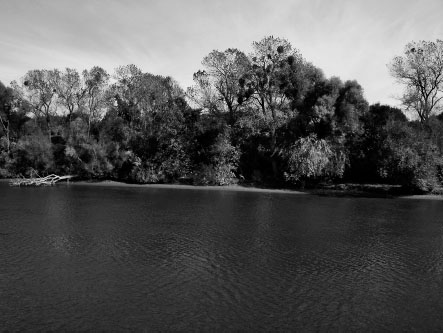
The Sacramento River south of downtown Sacramento. Photo by author.
Finally, in 1839, an immigrant appeared who actively desired to establish a settlement in Californias interior, near the confluence of the Sacramento and American Rivers.
THE FIRST SETTLER
Swiss immigrant Johann August Sutter, filled with dreams of building an empire in the wilderness, landed his little fleet of three vessels on the American River near the foot of modern Twenty-eighth Street in mid-August 1839. He was accompanied by a crew of four Europeans and ten Hawaiians recruited during his roundabout sojourn in Honolulu, five sailors hired at the little mud shack village in San Francisco Harbor, a servant and a bulldog. The entire party was immediately assailed by a voracious cloud of mosquitoes; the next day, six of the adventurers sailed back to the bay. Sutter and his remaining followers took the supplies and tools procured from an American trader in Honolulu to higher ground about a mile south, set up tents and island-style tule huts and commenced building more permanent structures. Whether he knew it then, Sutters chosen site was the most strategic location in the interior, the key point of the most important routes north, south, east and westthe gateway that in coming years would prove vital for American possession of California.
Next page
